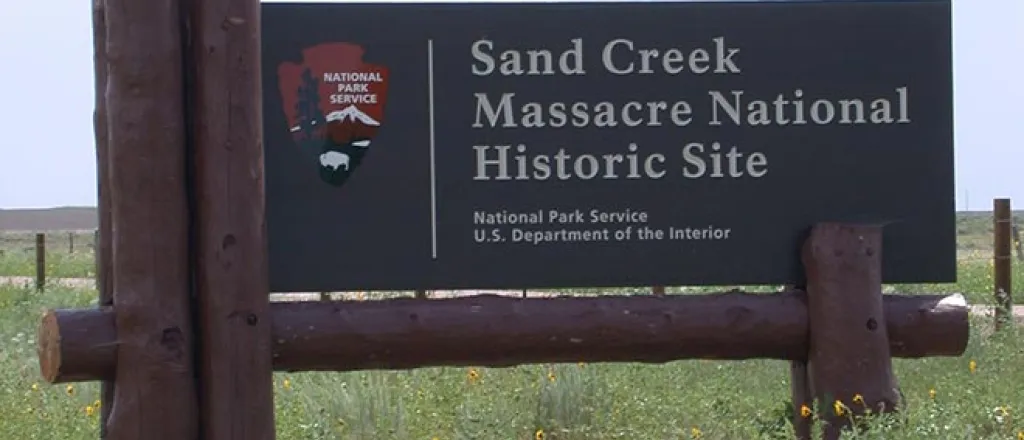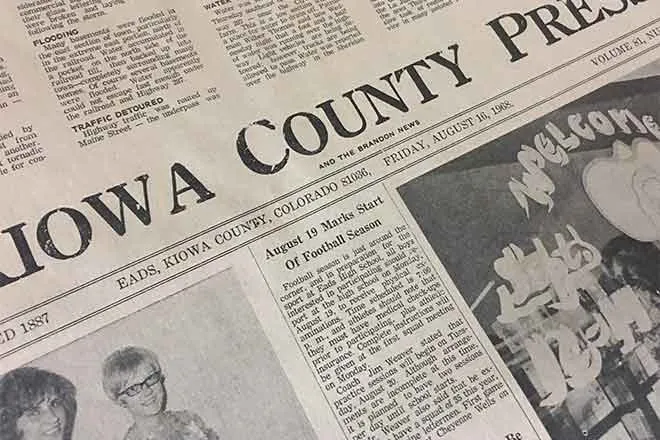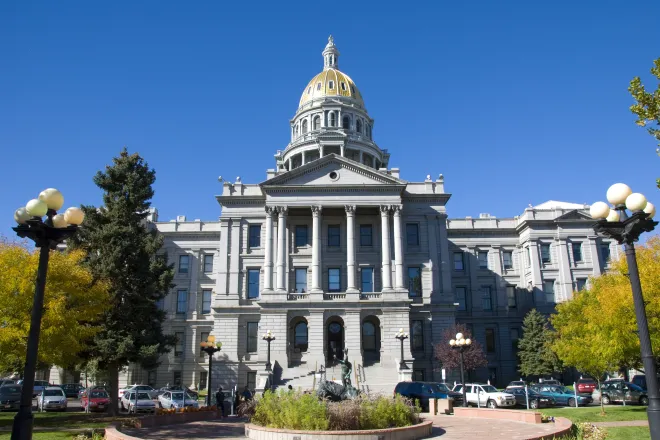
Sand Creek Tourism Adds $375,000 to Kiowa County Economy
A new National Park Service report shows that 6,536 visitors to Sand Creek Massacre National Historic Site in 2017 spent $373,700 in communities near the park. That spending supported seven jobs in the local area and had a cumulative benefit to the local economy of $375,300.
“Sand Creek Massacre welcomes visitors from across the country and around the world,” said Superintendent Alexa Roberts. “We educate visitors about this national tragedy, which still resonates with the Cheyenne and Arapaho people today. We also feature the park as a way to introduce our visitors to this part of the state and all that it offers. National park tourism is a significant driver in the national economy, returning $10 for every $1 invested in the National Park Service, and it’s a big factor in our local economy as well. We appreciate the partnership and support of our neighbors and are glad to be able to give back by helping to sustain local communities.”
The peer-reviewed visitor spending analysis was conducted by economists Catherine Cullinane Thomas of the U.S. Geological Survey and Lynne Koontz of the National Park Service. The report shows $18.2 billion of direct spending by more than 330 million park visitors in communities within 60 miles of a national park. This spending supported 306,000 jobs nationally; 255,900 of those jobs are found in these gateway communities. The cumulative benefit to the U.S. economy was $35.8 billion.
The lodging sector received the highest direct contributions with $5.5 billion in economic output to local gateway economies and 49,000 jobs. The restaurants sector received the next greatest direct contributions with $3.7 billion in economic output to local gateway economies and 60,500 jobs.
According to the 2017 report, most park visitor spending was for lodging/camping (32.9 percent) followed by food and beverages (27.5 percent), gas and oil (12.1 percent), souvenirs and other expenses (10.1 percent), admissions and fees (10.0 percent), and local transportation (7.5 percent).

















